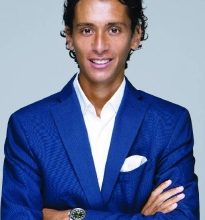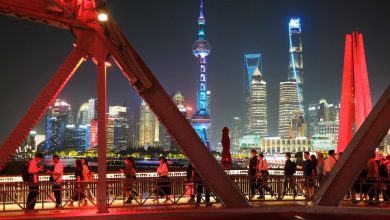China weighs injecting 1 trillion yuan of capital into top banks

CHINA is considering injecting up to one trillion yuan (S$183 billion) of capital into its biggest state banks to increase their capacity to support the struggling economy, according to people familiar with the matter.
The funding will mainly come from the issuance of new special sovereign bonds, said the people, asking not to be identified discussing a private matter. The details have yet to be finalised and are subject to change, the people added.
Such a move would be the first time since the global financial crisis in 2008 that Beijing has injected capital into its big banks.
China is rushing to replenish its banks – even though the top six have capital levels that far exceed requirements – after unveiling broad reductions to mortgage rates and slashing key policy rates to revive the economy.
Enlisted to support the economy over the past years, lenders such as Industrial & Commercial Bank of China and Bank of China are now battling record low margins, sinking profits and rising bad debt.
Li Yunze, the nation’s top banking regulator, said earlier this week at a press conference in Beijing that authorities would act to boost core tier 1 capital at its six major commercial banks, without elaborating. The National Financial Regulatory Administration didn’t respond to a request for comment.
BT in your inbox

Start and end each day with the latest news stories and analyses delivered straight to your inbox.
China’s mega banks have been under growing pressure from regulators to shore up the struggling economy by offering cheaper loans to risky borrowers — from real estate developers and homeowners to cash-strapped local government financing vehicles.
Most recently, some of the lenders heeded government calls to pay their first ever interim dividends to support the stock market even as profit growth and margins are sliding.
Funding now is favourable for the government. In May, China kicked off another planned issuance of one trillion yuan in ultra-long special sovereign bonds, targeting to wrap up the sales in mid-November.
The latest auction saw a 30-year bond sold at an average yield of 2.19 per cent, a record low based on Bloomberg data on past issuances of the tenor that dates back to 2007.
Combined profits at China’s commercial lenders rose just 0.4 per cent in the first half, the slowest pace since 2020. Meanwhile, the sector’s net interest margins have continued to shrink, hitting a record low of 1.54 per cent at the end of June, well below the 1.8 per cent threshold regarded as necessary to maintain reasonable profitability.
Higher dividend distribution also threatens to erode capital buffers at the systemically important banks, which face additional capital requirements under the so-called total loss-absorbing capacity mechanism imposed globally.
The six largest banks – which also include Agricultural Bank of China, China Construction Bank, Bank of Communications and Postal Savings Bank of China – have primarily relied on retained profits to increase capital buffers.
Their average core tier 1 capital adequacy ratio has fallen slightly to 11.77 per cent at the end of June, but remains above the 8.5 per cent level required for China’s systemically important banks.
It wouldn’t be the first time Beijing has stepped in to support its banks, most of which are still majority-owned by the state.
China first bailed out its big four banks in the late 1990s when their non-performing loan ratio surged to about 40 per cent. At the time, policymakers sold special bonds to raise capital and set up state-run bad banks to buy 1.4 trillion yuan of soured loans at face value.
The effort was largely a success, setting the stage for more than a decade of breakneck growth that turned China into the world’s second-largest economy and helped many of its biggest companies tap into global capital markets.
The government also injected US$60 billion of foreign reserves in early 2000s to recapitalise ICBC, Bank of China, and China Construction Bank, which buckling under non-performing loans after decades of government-directed lending to unprofitable state-owned companies.
In 2008, Agricultural Bank received about US$19 billion in a bailout, capping a decade-long overhaul of the banking industry. BLOOMBERG





